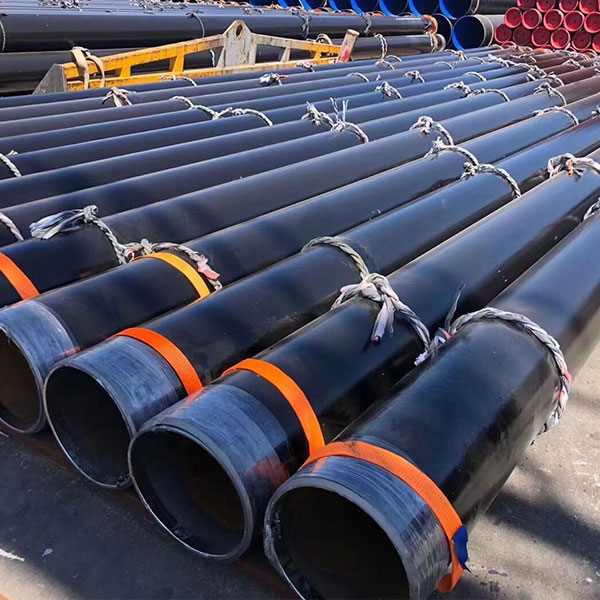Stainless steel jewelryis a popular choice for many because of its lustrous and modern look. However, many people wonder if stainless steel jewelry is magnetic. The answer is both yes and no.
1 月 . 26, 2024 09:29 Back to list
Stainless steel-Is stainless steel jewelry magnetic?
Is stainless steel jewelry magnetic?

The answer depends on what type of stainless steel is used in the jewelry and how it is formed. Stainless steel is an alloy made up of iron and other metals, such as chromium, nickel, and molybdenum. These metal combinations can create either ferromagnetic or non-magnetic stainless steel.
Ferromagnetic stainless steel is magnetic and attracted to a magnet. Many stainless steel alloys contain a large fraction of ferrite, which is magnetic. Examples of ferromagnetic stainless steel include 304, 430, and 434 stainless steel alloys.
3LPE Coated Steel Pipe used in pipeline transportation
Non-magnetic stainless steel is not attracted to a magnet and does not contain any ferrite. Non-magnetic stainless steel alloys include 201, 202, and316 stainless steel.
The type of stainless steel affects the magnetic properties of the jewelry. Magnetic stainless steel jewelry will be attracted to a magnet, while non-magnetic stainless steel jewelry will not be attracted.
In addition to the type of stainless steel alloy used, the forming process can also affect the magnetic properties of the jewelry. For example, whenstainless steel jewelry is cast, it can create a ferromagnetic material that is attracted to a magnet. On the other hand, when stainless steel jewelry iscold forged, it is often non-magnetic.
Heat treatment is another factor that can affect the magnetic properties of stainless steel jewelry. Heat treatment can reduce the amount of ferrite in the material, making it less magnetic. However, when the heat treatment process is not done properly, it can cause the ferrite content to increase, making the jewelry more magnetic.
Finally, it is important to consider the environment in which the stainless steel jewelry is stored. Extreme temperatures, such as those found in hot tubs or saunas, can affect the magnetic properties of the jewelry. In these environments, the ferrite content can increase, resulting in a more magnetic piece of jewelry.
In conclusion
stainless steel jewelry can be either magnetic or non-magnetic depending on the type of stainless steel alloy used and the forming and heat treatment processes. Ferromagnetic stainless steel will be attracted to a magnet, while non-magnetic stainless steel will not. Additionally, extreme temperatures can also affect the magnetic properties of the jewelry.
-
High Quality Mild Steel Pipe Manufacturers in China for Exporting Premium Industrial Solutions
NewsAug.01,2024
-
Exploring Key Characteristics of Wholesale API Steel Pipes for Your Business Needs
NewsAug.01,2024
-
Current Wholesale Prices for ERW Steel Pipes in the Market Right Now
NewsAug.01,2024
-
Exploring the Diverse Applications and Benefits of China Round Steel Pipes in Construction and Industry
NewsAug.01,2024
-
Top Quality API 5L ERW Steel Pipe Manufacturer Offering Reliable and Durable Solutions for Your Needs
NewsAug.01,2024
-
Reliable Supplier of Premium Quality Concrete Pipes for Durable Construction Projects
NewsAug.01,2024
